Introduction
In the world of art, palette knife painting has gained significant popularity. This technique allows artists to create unique textures and vibrant effects that are difficult to achieve through traditional brushwork. If you’re looking to elevate your artwork and explore new creative avenues, mastering palette knife painting may be your next adventure. In this article, we will delve into the essentials of this fascinating technique, from the tools you’ll need to expert tips for creating stunning textured paintings.
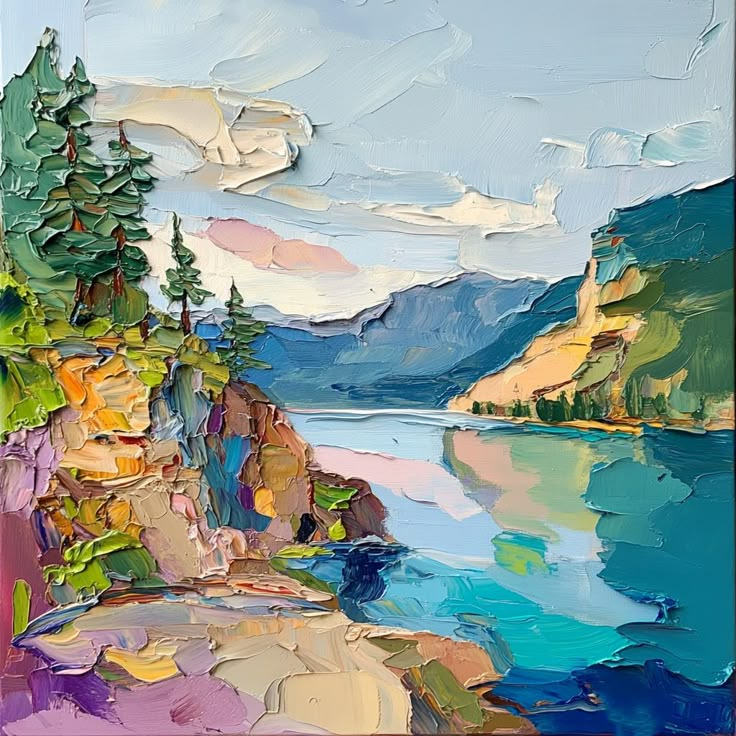
Palette knife painting is not just a technique; it’s an experience. It encourages spontaneity and experimentation, making it perfect for artists of all levels. Whether you’re a seasoned painter or just starting, the palette knife can expand your creative horizons. We’ll cover everything from selecting the right palette knife to understanding the impact of different textures on your work.
The Tools of the Trade: Choosing the Right Palette Knives
To begin your journey into palette knife painting, you need to understand the essential tools. Palette knives come in various shapes and sizes, each serving a distinct purpose. Here are some common types of palette knives:
Flat Palette Knife
The flat palette knife is ideal for spreading paint evenly on your canvas. It can create broad strokes and smooth out large areas. Its flexibility allows artists to achieve a range of textures by varying the pressure applied during painting.
Tipped Palette Knife
The tipped palette knife is excellent for detailed work. Its pointed end enables artists to create fine lines, intricate designs, and detailed textures. Using this knife can enhance your ability to depict intricate parts of your artwork accurately.
Spreader
Spreaders are wider and often resemble a spatula. They are perfect for mixing paints or applying thick layers of color. Their flat surface allows artists to create smooth gradients or sharply defined edges. These knives can be used creatively to sculpt the paint directly on the canvas.
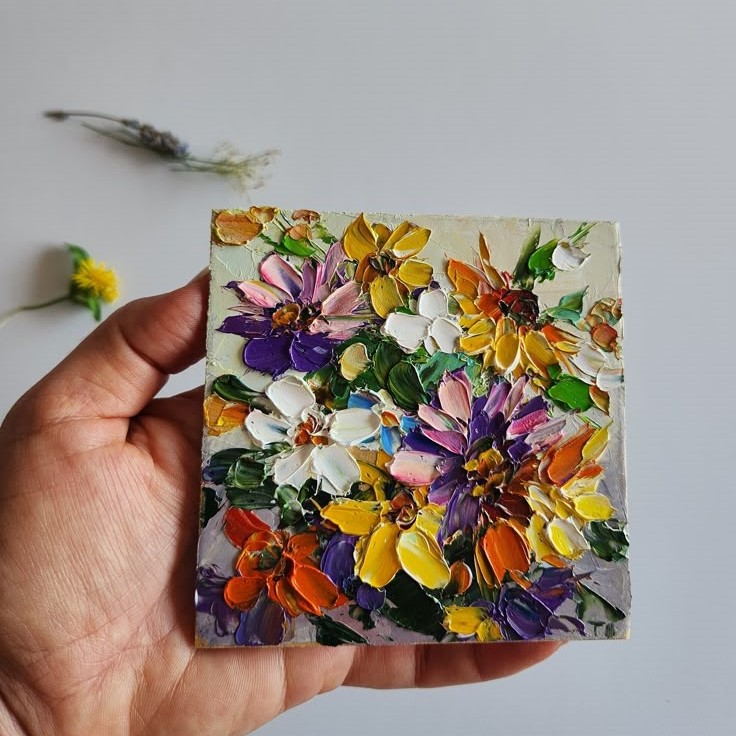
Angled Palette Knife
An angled palette knife is versatile and can help create unique textures. The angled tip allows for smoother strokes, particularly in creating curved shapes or managing tight corners. This tool can significantly enhance your texture variety.
Investing in high-quality palette knives is essential for achieving desired effects. Look for durable materials that would allow for repeated use without bending or breaking.
Preparing Your Workspace
Creating the right environment is crucial for painting effectively. Here are steps to prepare your workspace:
Set Up an Easy-to-Clean Surface
Palette knife painting can be messy. Utilizing a surface that is easy to clean will save you time and stress. A plastic tablecloth or an old sheet can protect your workspace, allowing for quick cleanup afterward.
Gather Your Materials
Before starting, ensure you have all your materials at hand. This includes various types of palette knives, a selection of colors, a palette to mix the paint, and your canvas or painting surface. When everything is within reach, you can concentrate solely on creating.
Adequate Lighting
Good lighting is essential for any artistic endeavor. Ensure that your workspace has enough natural light or use bright artificial lights to illuminate your work area. Proper lighting will help you see the true colors of your paint and the textures you’re creating.
Practice Painting Techniques
Before diving into a major piece, practice essential techniques. Spend some time experimenting with your knife to create different strokes, textures, and blends. This practice will build your confidence and improve your skills.
Techniques for Palette Painting
Now that you’re prepared, it’s time to explore specific techniques for palette knife painting. This method offers immense creative freedom, allowing you to express yourself in various ways. Below are some key techniques to try:
Building Layers
One of the most effective techniques in palette knife painting is layering. Start with a base layer of color, then gradually apply subsequent layers. Allow each layer to dry before adding new paint. This can create depth and dimension in your artwork. The knife can be used to blend edges while maintaining texture.
Creating Texture
Texture is a defining characteristic of palette knife painting. Experiment with different ways of applying paint. Use the flat edge of the knife to spread thick paint across the canvas. You can also stab or scrape the surface to achieve various visual effects.
Impasto Technique
The impasto technique involves applying thick layers of paint to create three-dimensional textures. This technique works particularly well for acrylic paints because of their quick-drying nature. You can achieve a rich texture that adds vibrancy and depth to your artwork with minimal pressure.
Blending Colors
Palette knife paintings can also include blended regions. Use the side of the knife to blend colors to create smooth transitions. Push the knife back and forth between the two colors until you achieve your desired gradient. This technique allows the colors to mix beautifully without harsh lines.
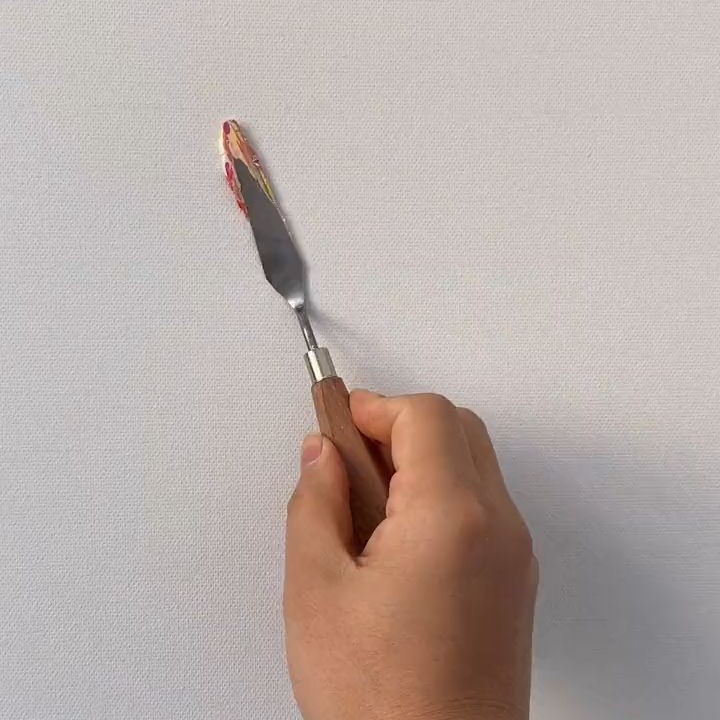
Creating Contrast
To make your artwork more dynamic, think in terms of contrast. Use lighter colors against darker shades to create depth. Palette knife painting enables artists to create sharp edges easily, which enhances the visual flow of the piece.
Understanding Color Theory
Having a solid foundation in color theory is crucial for palette knife painting. Understanding how colors interact can elevate your art significantly. Here are some basics to keep in mind:
Primary, Secondary, and Tertiary Colors
Familiarize yourself with primary, secondary, and tertiary colors. This knowledge allows you to create harmonious palettes and understand the relationships between colors. For instance, combining primary colors can yield secondary colors like green, purple, and orange.
Warm and Cool Colors
Understanding warm and cool colors can help you build effective compositions. Warm colors often evoke energy and excitement, while cool colors create calm and soothing effects. Mixing these colors in your palette knife painting can enhance mood and depth.
Complementary Colors
Using complementary colors is a powerful technique for creating vibrant art. Complementary colors are opposite each other on the color wheel and create strong visual contrasts. Incorporating these colors can help certain elements of your painting pop and grab attention.
Common Mistakes and How to Avoid Them
Like any artistic technique, palette knife painting comes with its challenges. Here are some common mistakes artists make, along with tips to avoid them:
Overworking the Paint
One common error is overworking the paint. Continuously dragging the knife across the canvas can lead to muddled colors and loss of texture. Instead, apply paint and step back to assess your work. If needed, return to enhance textures without over-blending.
Forgetting the Underpainting
Many artists neglect to create an underpainting. An underpainting serves as a foundation for building color and texture. It provides a base layer that improves the overall composition. Use a contrasting underpainting color to enhance the depth of your final piece.
Ignoring Perspective
Artists sometimes forget to consider perspective. While creating textures, maintain proportions and perspectives to ensure a cohesive composition. Take a moment to step away and analyze your work from different angles.
Poor Mixing Techniques
Mixing colors with your palette knife should be done thoughtfully. Be mindful of how much paint you mix together. Sometimes, the beauty of palette knife painting lies in the pure application of color rather than blending everything into a single hue.
Inspiring Artists Using Palette Knife Techniques
Many renowned artists have embraced palette knife painting, influencing contemporary art. Among these artists, several have become well-known for their mastery of texture and color. Their innovative techniques often inspire emerging artists while showcasing the versatility of this method.
Notable artists who excel in palette knife painting include:
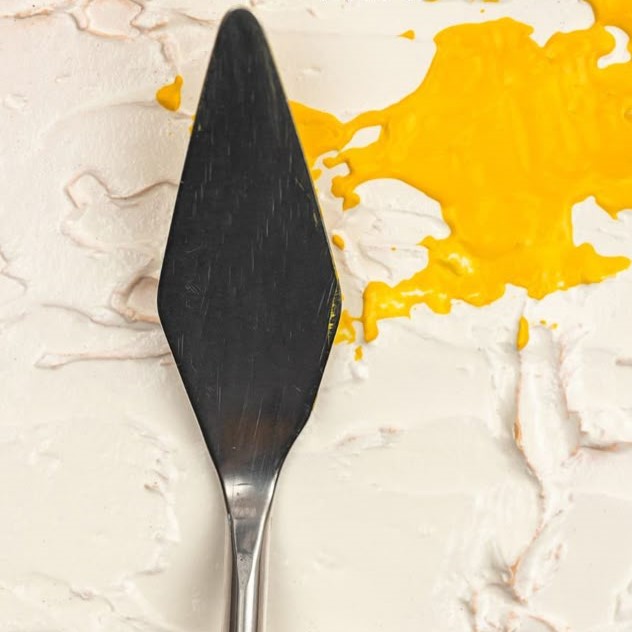
Leonid Afremov
- Vibrant Landscapes and Cityscapes: Leonid Afremov is renowned for his stunning depictions of natural and urban environments. His ability to capture the essence of landscapes and city settings through color and light makes his work especially appealing to art lovers.
- Use of Palette Knives: Afremov employs palette knives as his primary tool instead of traditional brushes. This technique allows him to create unique textures and details in his paintings. The palette knife method facilitates bold strokes and vivid layers of color, which contribute to the dynamic quality of his artwork.
- Detailed and Textured Works: The texture in Afremov’s paintings adds depth and dimension, allowing viewers to almost feel the movement of the scenes he depicts. The interplay of light and shadow in his works enhances the emotional impact, drawing viewers into his vibrant world.
Maggie McCarthy
- Modern Artist: Maggie McCarthy is recognized in contemporary art circles for her innovative approach to abstract painting. Her work exemplifies a modern sensibility that resonates with current artistic trends.
- Abstract Textures: McCarthy’s paintings are characterized by rich, intriguing textures that invite viewers to explore the layers of her work. The abstract nature of her art encourages individual interpretation, eliciting a variety of emotions and responses from her audience.
- Emotional Power of Color: Through her adept use of color, McCarthy demonstrates how emotions can be powerfully conveyed through visual art. Her palette knife techniques allow for striking contrasts and harmonious blends, resulting in compositions that evoke feelings ranging from joy to melancholy.
Michele Ashby
- Expressive Style: Michele Ashby’s artistic expression focuses on the fluidity of motion within her palette knife paintings. Her style is known for its boldness and emotional depth, capturing the viewer’s attention immediately.
- Fluidity and Beauty of Palette Knife Painting: Ashby expertly manipulates the palette knife to create paintings that flow with energy. The fluid lines and shapes in her work illustrate how movement can enhance the overall beauty of a piece, making it visually captivating.
- Texture as Emotion: One of the hallmarks of Ashby’s art is how texture plays a pivotal role in conveying emotion. Each stroke of the knife adds layers of feeling to her paintings, allowing viewers to connect with the art on a deeper level. The tactile quality of her work invites engagement, sparking a dialogue between the painting and the observer.
Exploring the work of these artists can provide inspiration and motivation for your own palette knife painting journey.
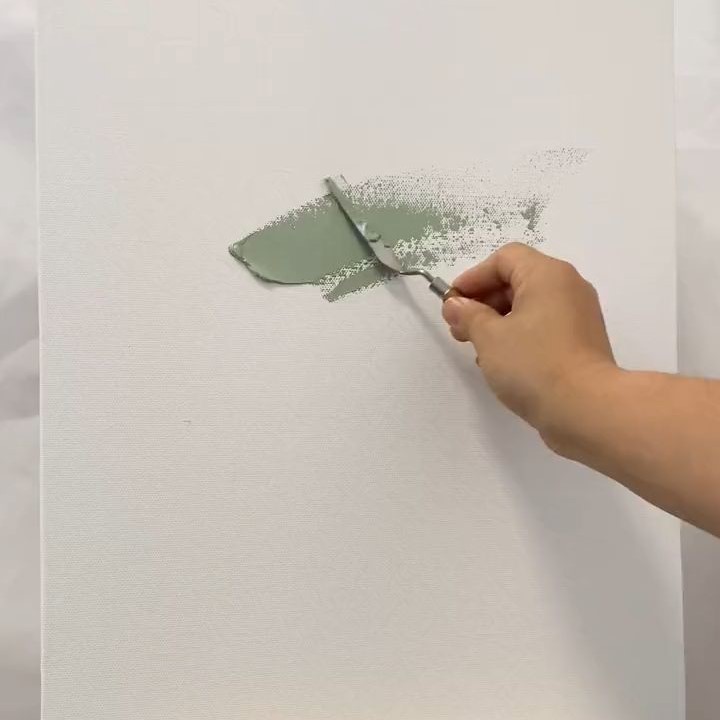
Conclusion
In conclusion, palette knife painting is a compelling artistic technique that enables artists to create stunning textures and vivid colors. Mastering the various tools, techniques, and color theory will enhance your painting skills and elevate your artwork. This technique not only allows for creative expression but also serves as a therapeutic and enjoyable experience.
By integrating palette knife techniques into your artistic repertoire, you can explore new avenues of creativity. Whether you’re just starting or looking to refine your skills, this technique has something to offer every artist. Experiment with layering, texture, and color to uncover a world of artistic possibilities. Dive into the exciting realm of palette knife painting, and watch your artwork come to life!